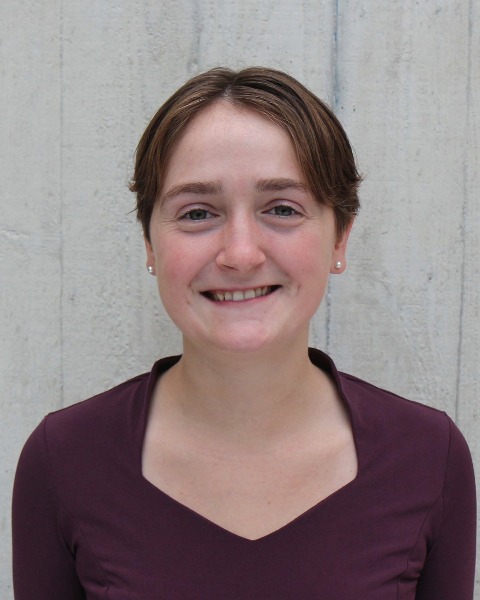General Pediatrics
Session: General Pediatrics 2
243 - Effect of COVID-19 on Early Childhood Development
Friday, May 3, 2024
5:15 PM - 7:15 PM ET
Poster Number: 243
Publication Number: 243.420
Publication Number: 243.420

Sarah Bullock, MB BCh BAO (she/her/hers)
PGY-3
St Barnabas Hospital
Bronx, New York, United States
Presenting Author(s)
Background: Childhood development encompasses changes in growth, social, emotional, cognitive, motor, and communication domains. Development is affected by genetic, birth, and environmental factors. The COVID-19 pandemic altered the environment in which children were developing by restricting socialization, closure of day care and school, more time spent at home, and increased parental responsibilities.
Objective: Determine if there is a difference in the incidence of developmental delay before and after COVID-19 and to see if one domain was affected more than others.
Design/Methods: Chart review for developmental milestones during 12-24 month visits pre-COVID-19 pandemic in an urban community academic affiliated pediatric clinic.
Results: 502 subjects (251 pre-pandemic and 251 post-pandemic) were included in the study. Mean age was 14 ± 3.5 months pre-COVID and 12 ± 0.8 months in COVID group. The two groups were similar regarding gestational age, day care attendance, and siblings. More children were left at home with an adult caretaker in the COVID group and more parents were not working during COVID. Diagnoses of developmental delays were not statistically significantly different between the two groups. Regarding developmental screening the results were varied with more delays in the COVID group for gross and fine motor at 12 months of age and more delays seen pre-COVID for social at 12 months. There were no differences found in other age groups.
Conclusion(s): In this urban population, there was no statistically significant difference found between pre-COVID and during COVID diagnoses of developmental delay. There were some differences in the different domains of development pre- and during COVID in the 12 month age group. This data suggests that COVID-19 did not greatly alter children’s development in the age range of 1-2 years old. There were many limitations, including many patient’s being excluded from the study for missing well child visits in the COVID group and most of the children being younger in the COVID group, which may have led to an under-representation of children with developmental delays.
